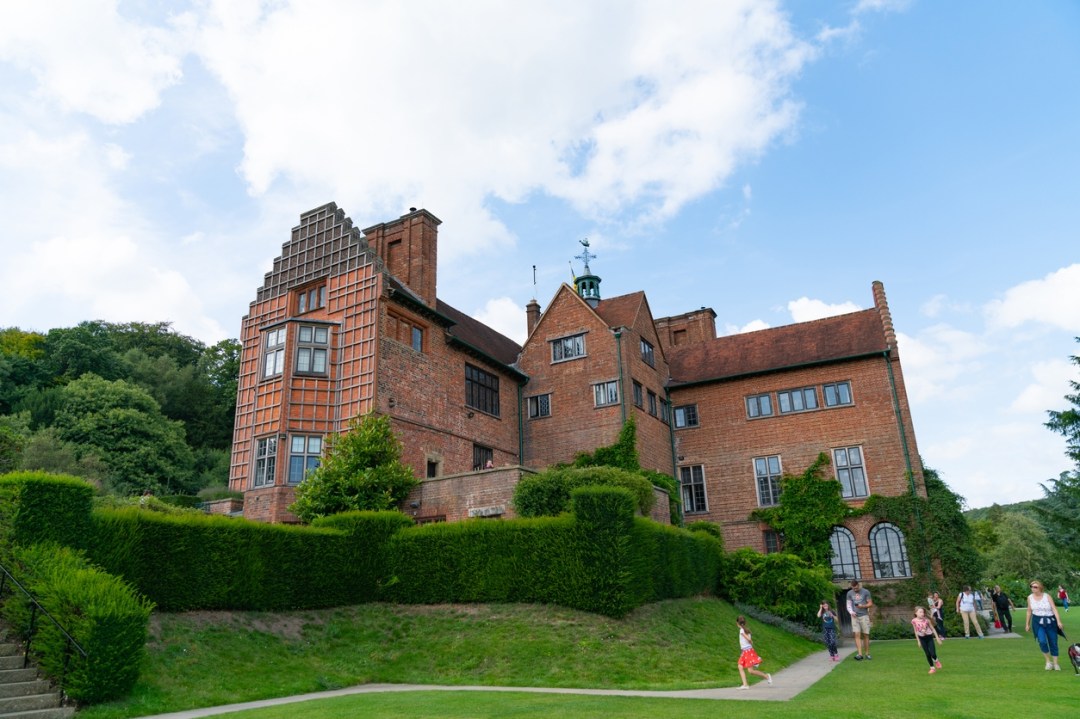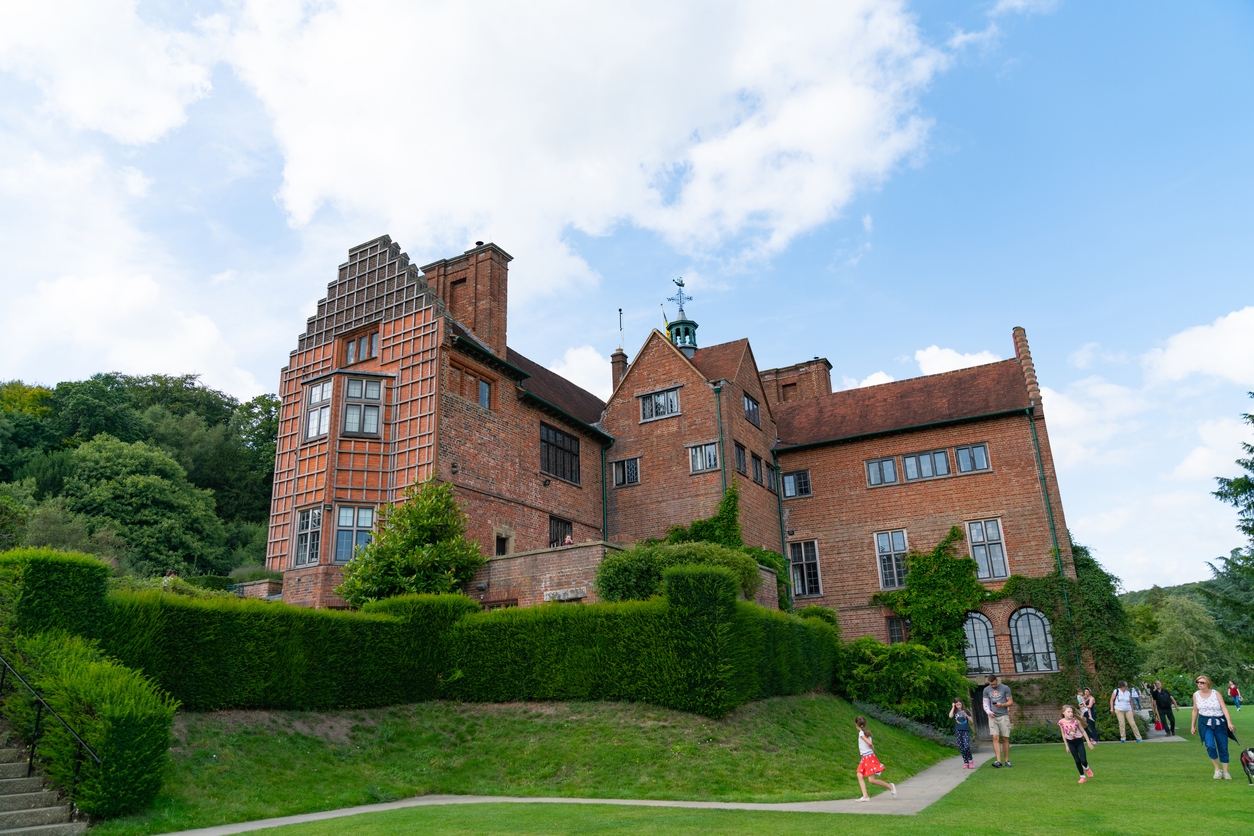In the National Trust’s recent interim report, ‘Addressing our histories of colonialism and historic slavery’, nothing caused more controversy than its unfavourable mention of Winston Churchill, whose country house, Chartwell, it owns. The entry said that the British government’s response to the Bengal famine when he was prime minister was ‘heavily criticised’. It failed to mention that he was fighting Hitler at the time. It also said that he wrote to his successor, Clement Attlee, in 1947, to oppose the independence of India. In my Daily Telegraph column on Tuesday, I pointed out that this latter point was highly misleading, since Churchill supported full self-government for India, but sought dominion status — allegiance to the British crown — along the same lines as self-governing Canada and Australia, rather than formal independence. Since writing, I have noticed other National Trust moves.
On 22 September, the Trust’s director of communications, Celia Richardson, tweeted a call for support against the critics: ‘This week a short factual reference to Churchill in a colonial history report led to calls for our 125 year old organisation to be boycotted & defunded.’ The next day, she blogged about this and the need for ‘full and accurate histories of the places in our care’. Beneath her words appeared a sub-head, ‘What do we say about Churchill in the report?’ The answer given is that Churchill ‘was Prime Minister twice, famously during the Second World War — a period that coincided with the Bengal Famine of 1943’. It thus omits the report’s remark that Churchill was ‘heavily criticised’ over the Bengal famine and adds (which the report did not) that the second world war was in progress at the time. It also suppresses (rather than correcting) the report’s misleading claim that he opposed Indian independence in 1947. So the Trust’s summary of its own report is not, to use Ms Richardson’s words, ‘full and accurate’.
I do not think the National Trust is running a covert campaign to discredit Churchill. He was indeed heavily criticised over the Bengal famine. But so was he about Gallipoli, Tonypandy, the Gold Standard, Yalta, and much more — which is exactly what one would expect with a statesman in a 60-year career which included high office in two world wars. The problem is that the Trust has bitten off far more than it can chew. It cannot simultaneously invite people to come and admire the buildings under its care and embark on intense historical controversies, some motivated by the non-scholarly political preoccupations of movements such as Black Lives Matter, about famous people with whom its properties have connections. This is not the job of the world’s greatest heritage organisation. Indeed, it severely compromises that job, because many members naturally suspect that the places they love will no longer be properly cared for if the Trust disapproves of their former occupants. The next bit below Ms Richardson’s blog is entitled ‘How we’re keeping Churchill’s legacy alive’. In a state of confusion, is the accurate answer.
This article is an extract from Charles Moore’s Spectator Notes, available in this week’s magazine.








Comments